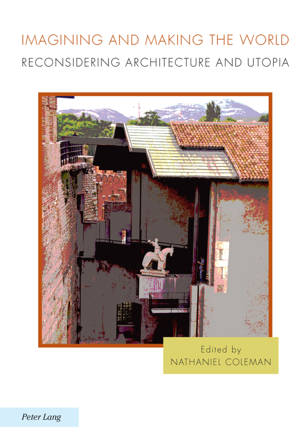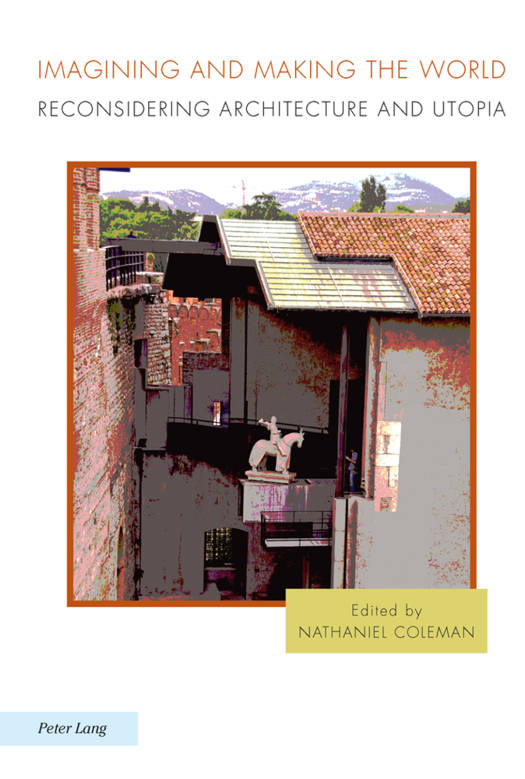
Door een staking bij bpost kan je online bestelling op dit moment iets langer onderweg zijn dan voorzien. Dringend iets nodig? Onze winkels ontvangen jou met open armen!
- Afhalen na 1 uur in een winkel met voorraad
- Gratis thuislevering in België vanaf € 30
- Ruim aanbod met 7 miljoen producten
Door een staking bij bpost kan je online bestelling op dit moment iets langer onderweg zijn dan voorzien. Dringend iets nodig? Onze winkels ontvangen jou met open armen!
- Afhalen na 1 uur in een winkel met voorraad
- Gratis thuislevering in België vanaf € 30
- Ruim aanbod met 7 miljoen producten
Zoeken
Imagining and Making the World; Reconsidering Architecture and Utopia
Reconsidering Architecture and Utopia
€ 85,95
+ 171 punten
Omschrijving
Although the association between architecture and utopia (the relationship between imagining a new world and exploring how its new conditions can best be organized) might appear obvious from within the domain of utopian studies, architects have long attempted to dissociate themselves from utopia. Concentrating on the difficulties writers from both perspectives experience with the topic, this collection interrogates the meta-theoretical problematic for ongoing intellectual work on architecture and utopia. The essays explore divergent manifestations of the play of utopia on architectural imagination, situated within specific historical moments, from the early Renaissance to the present day. The volume closes with an exchange between Nathaniel Coleman, Ruth Levitas, and Lyman Tower Sargent, reflecting on the contributions the essays make to situating architecture and utopia historically and theoretically within utopian studies, and to articulating utopia as a method for inventing and producing better places. Intriguing to architects, planners, urban designers, and others who study and make the built environment, this collection will also be of interest to utopian studies scholars, students, and general readers with a concern for the interrelationships between the built environment and social dreaming.
Specificaties
Betrokkenen
- Uitgeverij:
Inhoud
- Aantal bladzijden:
- 382
- Taal:
- Engels
- Reeks:
- Reeksnummer:
- nr. 8
Eigenschappen
- Productcode (EAN):
- 9783034301206
- Verschijningsdatum:
- 24/05/2011
- Uitvoering:
- Paperback
- Formaat:
- Trade paperback (VS)
- Afmetingen:
- 152 mm x 229 mm
- Gewicht:
- 530 g

Alleen bij Standaard Boekhandel
+ 171 punten op je klantenkaart van Standaard Boekhandel
Beoordelingen
We publiceren alleen reviews die voldoen aan de voorwaarden voor reviews. Bekijk onze voorwaarden voor reviews.










